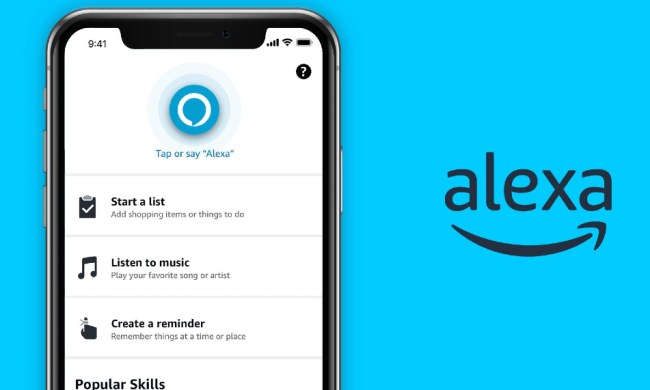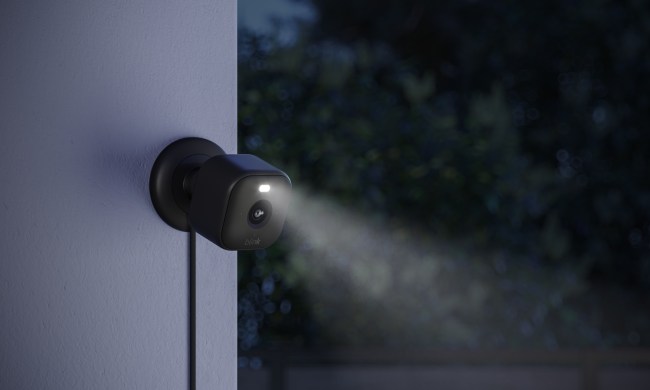Amazon has come under scrutiny in the past over its privacy practices, particularly regarding its Alexa smart assistant. Although the issue has not been front-and-center in the news, it hasn’t been forgotten. Back in May, Sen. Chris Coons (D-Delaware) sent a letter to Jeff Bezos demanding answers on how long Amazon kept voice recordings and transcripts. Sen. Coons wanted to know what the data was used for. The inquiry followed a CNET report that Amazon retained transcripts, even after users deleted the data.
According to CNET, the deadline for answers was set for June 30. Amazon did not respond until June 28, when Brian Huseman, Vice President of Public Policy, responded to the questions. In his letter, Huseman says that Amazon keeps the recordings and transcripts indefinitely and that nothing is deleted unless the end user manually deletes them.
Huseman also states, “we have an ongoing effort to ensure those transcripts do not remain in any of Alexa’s other storage systems.” This statement implies that the transcripts are, in fact, stored in other areas and that the methods used to ensure everything has been deleted is not perfect.
The letter states that the power to delete recordings lies entirely with the user. “Customers can review, listen to, and delete voice recordings associated with their account using the Voice History feature available in the Alexa app and the Alexa Privacy Hub, located at www.amazon.com/alexaprivacy.
“Customers can delete individual voice recordings, voice recordings from particular timeframes, or all of their voice recordings.”
Other statements in the letter do not inspire confidence. Huseman says that when a user deletes a recording, Amazon deletes the transcripts associated with it. However, following public outcry when parents discovered the “Remember” feature retained information even when audio recordings were deleted, the only recourse was to call Amazon’s customer service and request the entire profile be erased.
Amazon has since claimed this was a bug and that the issue has been fixed.
As for the purpose of the data, Amazon claims the transcripts are used to train Alexa and to help customers communicate better. The recordings provide “transparency to our customer about what Alexa thought it heard and what Alexa provided as a response.”
Using any type of smart home device that employs a camera, a microphone, or other types of recording device is inviting an element of risk to your privacy. However, customers trust corporations to take the necessary steps to ensure personal data is protected. Until companies are held accountable for information privacy, steps like the one Sen. Coons took will be necessary to protect consumers.
Huseman’s response letter can be read on Scribd.



